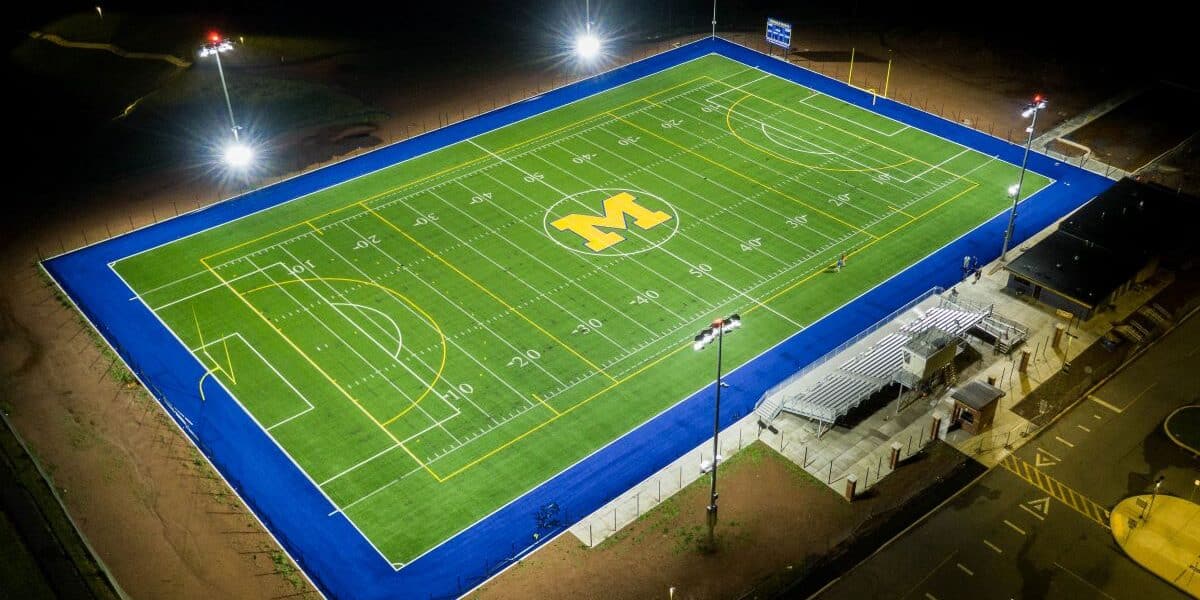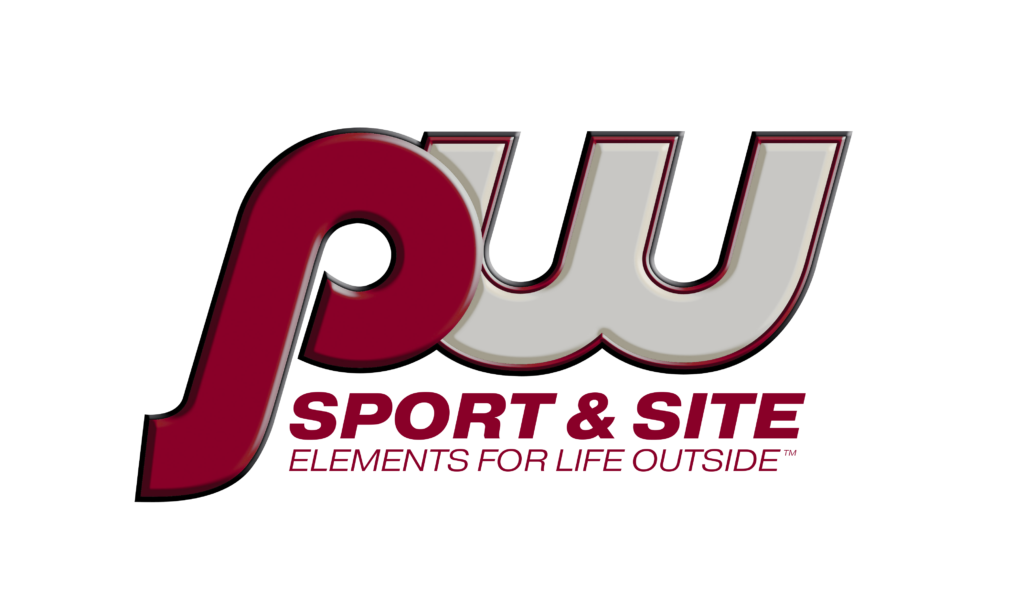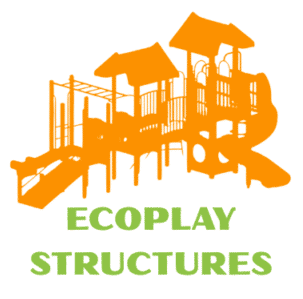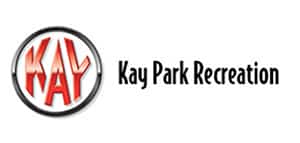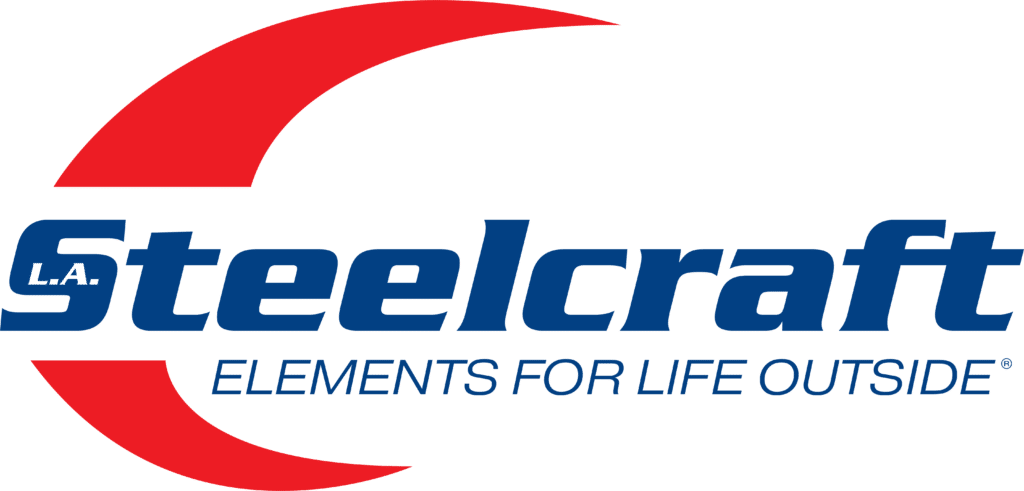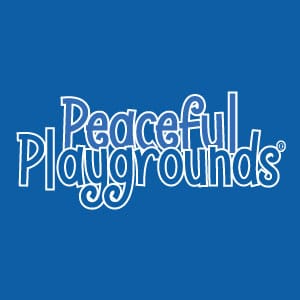Today, athletic fields of play are the outdoor classrooms for both curricula and extra-curricula activities on campus. Their planning and accommodation should be as premeditated as any academic building component.
Yet, the outdoor athletic facility is often misunderstood in terms of meeting the needs of the campus when considering criteria such as safety, need, space allotment, cost per hour of use, and sustainability.
There is a process, however, to systematically organize and analyze these factors so that expenditures for athletic facility enhancement are driven by facts and strategic thinking rather than emotion, peer pressure, or guesswork.
Legitimizing the need of an outdoor athletic venue is to quantify a field’s usage. One such rule of thumb is that natural grass, while receiving routine maintenance, can experience approximately 55 events annually before exhibiting signs of grass tissue decline or non-sustainability.
An “event” is defined as two hours of field usage. Every event, practice or game related, curricular or extracurricular, school related or community based, should be quantified for a calendar year on each athletic field on campus.
Rarely do we find a field of play which exhibits close to 55 events or less through such accounting. Rather, we often find a field use averaging between 100 and 200 events per year. These grass fields are readily identified by the central third of the field and goal areas to have little or no grass.
I should also add that it is not practical to expect to use a natural grass athletic field for only 55 events per year. Real estate is expensive. Few school campuses have a surplus of land. Therefore, the issue becomes one of space utilization.
A second variable to consider is the maintenance of a premium athletic field. On each campus, this, too, should be quantified.
Items such as total work hours and material expenses (including fertilizer, herbicide, fungicide, insecticide, paint, seed, and water), coupled with routine activities (such as mowing, aeration, and topdressing), need to be calculated for the premium athletic field on a campus.
Over the years, data has suggested a range of annual maintenance costs for one athletic field from $15,437 to $40,650, with most averaging approximately $25,000.
However, the cost of annual maintenance is just the first step. Equally important is the assessment of maintenance personnel, procedures, and equipment.
Traditionally, there are ways to fine-tune a field maintenance strategy to increase the value (not cost) of that yearly effort.
Key examples of such methods may include soil testing, seed selection, upgraded equipment, and rotating field usage patterns during non-competitive events. By doing so, emphasis shifts to obtaining more value per dollar spent.
While maintenance struggles to keep pace with field overuse, it becomes both apparent and necessary to quantify what this means economically. Therefore, the “cost per hour of use” is a calculation often employed.
One such procedure involves a single natural grass athletic field. Based upon empirical knowledge, the construction cost for a new natural grass athletic field can be determined. That cost added to the annual field maintenance expenditure results in the total cost for the creation and one year maintenance of a natural grass athletic field.
Apply the average number of annual events per athletic field on the campus and divide it into the cost of construction plus maintenance. That results in a cost per event sum.
Since an event is defined as a two-hour activity, divide the cost per event sum by two. This results in a cost per hour of use.
Interestingly, this reveals what the fee should be when you rent the field’s use per hour.
To Turf or Not to Turf
When a campus experiences overuse on its fields, it is experiencing a shortage of athletic fields on its campus. One way to gain more athletic fields on a campus with limited space is to create a more sustainable playing surface.
Synthetic turf, with the occasional exception of highly worn areas, is not worn by use, but rather by time (and the impact of ultraviolet rays). While there are many factors and types of synthetic turf systems, a few generalizations have proven themselves over time:
- One synthetic turf field is minimally the equivalent of two natural grass fields in terms of usage.
- One synthetic turf field with lights is minimally the equivalent of three natural grass fields in terms of usage.
The latest era of infill – synthetic turf systems have been in play now for more than 20 years. Scientific evidence has indicated these fields are safe if designed and constructed correctly.
While there are inherent risks in all athletic activity with regards to potential injury, research has indicated that one type of injury may be more prevalent on synthetic turf, while another type of injury may be more prevalent on natural grass. Approximately 10 percent of all outdoor athletic injuries are field surface related.
There are a number of advantages to the utilization of synthetic turf. The obvious one is what may seem like unlimited usage. Others may include a consistent planarity for ball roll and footing. It is an all-weather surface. Annual maintenance costs $1,500 to $5,000.
On the other hand, most synthetic surfaces may run 30 to 40 degrees warmer, and their longevity is 8 to 14 years. A replacement synthetic turf surface will cost approximately $380,000 to $420,000, depending upon the circumstances of the specific field.
However, the replacement cost of a worn-out surface may traditionally be fueled by rental income from non-school use of the field. Finally, the surface, when it expires, is recyclable.
The consensus is that synthetic turf as an option to natural grass is cost prohibitive. I disagree.
Over the past 20 years, approximately 93 percent of our clientele have experienced a calculated cost per hour of use significantly lower for a synthetic turf field when compared to a natural grass field on their campus.
The key in creating a strategy for the safe, sustainable, accommodation of your outdoor athletic needs is an overall plan that assesses usage, maintenance, and economics.
This is traditionally achieved through a combination of playing surfaces and a maintenance program dynamic enough to keep pace with the school’s use. Obtaining the highest value per dollar spent is something to which every school administrator can relate.
David Horn is a registered landscape architect and founding principal of Architerra, PC, a campus planning and athletic facility design firm since 1985, www.architerrapc.com.


